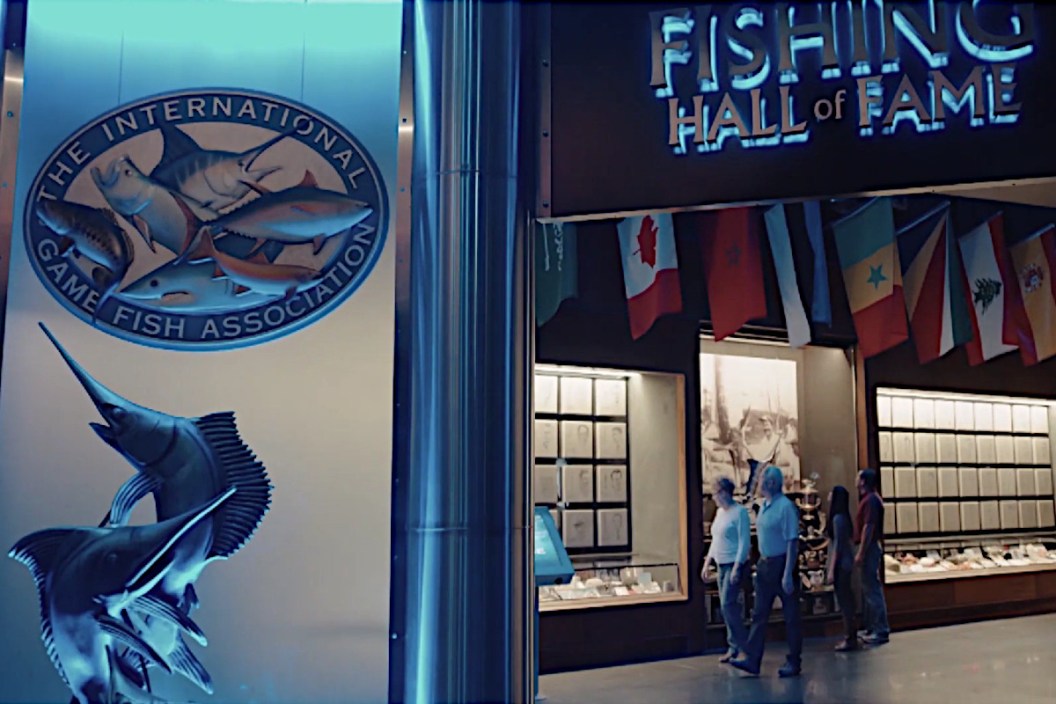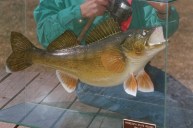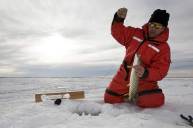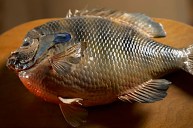It's easy to take the fisheries around the world and the many species anglers love to target for granted. Many may not even realize these species and fishing spots might not be around today if not for the efforts of the International Game Fish Association. Most anglers know the IGFA simply as the official record keepers of sport fishing. While it is true that the IGFA world records and Fishing Hall of Fame are what the non-profit organization is known best for, it's only a fraction of the greater body of work they do. These days they're on the forefront of the latest in scientific technology and advancement for the management and protection of popular sportfish around the world. They work hand in hand with government agencies to develop regulations and protect threatened gamefish species around the world. As if that wasn't enough, they're also highly involved in education of new anglers, setting up online training courses, youth fishing camps, and fishing clinics to attract new anglers to the fold. At the same time, they frequently hold seminars to help anglers grow their skills. The IGFA has also been highly influential on the ethical angling practices many anglers know and use today. This great organization has accomplished quite a bit in their 80+ year history, which is quite impressive for an organization that was founded just before World War II broke out. This is the founding of the IGFA and how they came to be such an influence in the world of angling as we know and love it today.
The Organization is Founded
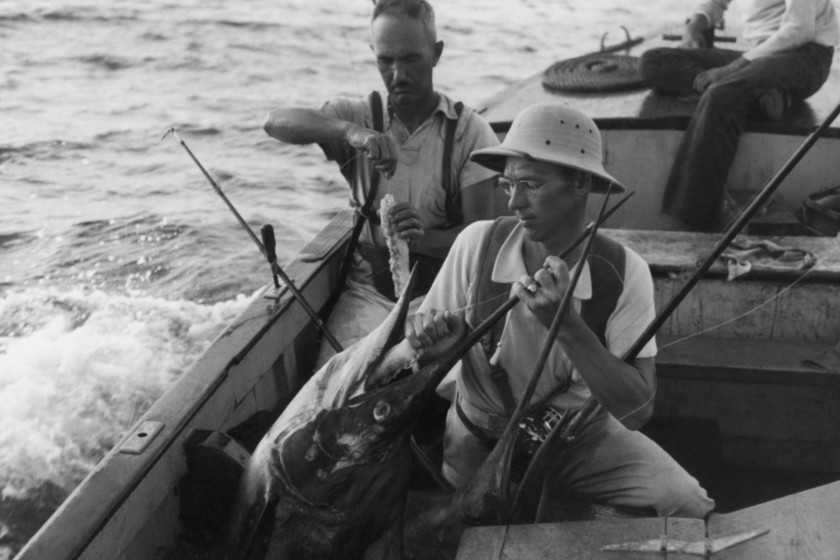
Getty Images: IGFA
We cannot talk about the IGFA without talking about Michael Lerner. One of seven children of his father Charles and mother Sophie, Michael was born in Pennsylvania in 1890. In 1918, he teamed with his father and brothers to form Lerner Shops catering fashionable clothing to women. The company was highly successful and still operates to this day as retailer New York & Company.
Eventually Lerner decided he wanted to focus more on his passions of hunting and fishing. Big game fishing for species like the Bluefin tuna were especially interesting and exciting for Lerner. In the early 1930s, he was involved with some of the first fishing trips that included scientists to shed light on the unknowns involving many big game species.
At that time in fishing history, there were no universal angling rules on ethical fishing practices, although many anglers had expressed interest in a worldwide organization to come up with some. As the IGFA admits on their website, it wasn't until Lerner came along that the loose idea began to come together into a true vision of a fishing conservation powerhouse.
"Without Michael Lerner's energy, vision, financial capacity and angling reputation, the IGFA would never have been formed on the eve of World War II," the IGFA website reads. "No other individual would put forth a claim even as co-founder. All the original parties involved deferred to Lerner throughout their tenure and always knew him to be the driving force behind the organization."
When plans finally came together, the IGFA held their first meeting ever on June 7, 1939, at the American Museum of Natural History in New York. The new organization wanted a strong foundation in science, so in attendance were several scientists including zoologist William King Gregory. Lerner knew Gregory from a scientific fishing expedition to Australia and New Zealand organized a few years earlier. Gregory was elected the first IGFA president with Lerner as Vice President and ichthyologist Francesca LaMonte as secretary.
One of the most influential fishing clubs ever had been officially formed and it quickly attracted the attention of fishermen and scientists all over the world. Famous anglers like authors Philip Wylie and Ernest Hemingway became involved with the new fishing association.
In 1944, Lerner became President of the IGFA after Gregory retired from the museum and his position as president. He was put in charge just before the end of World War II and the IGFA was poised to become the largest sportfishing organization ever in the years that followed.
The First Rule Books and Changes to Records Keeping
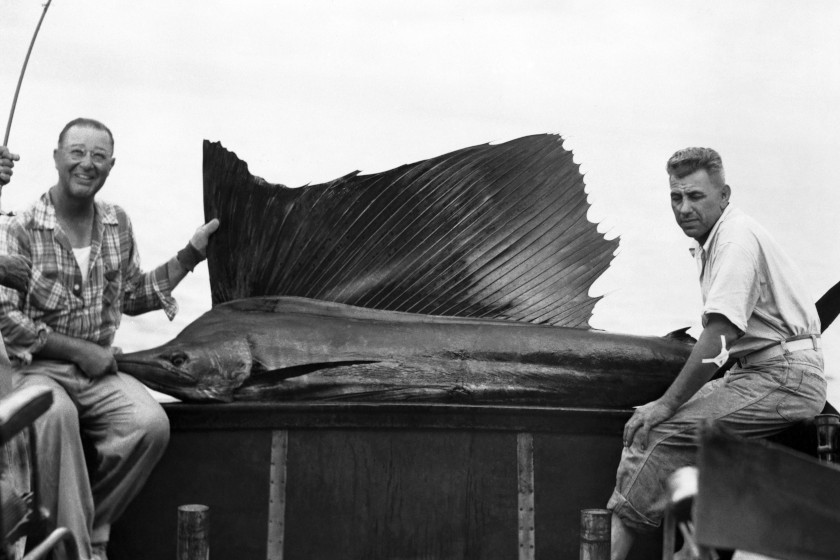
Getty Images: IGFA
In 1945, the IGFA released their first guidebook on the organization's scientific goals for the conservation of game fish. It also detailed their hopes to grow the sport of angling for recreation. It was fortunate timing, because with the war over, many returning troops, especially those who were injured or disabled, were looking for new hobbies in their spare time. It probably helped that Lerner had personally financed the development of thousands of recreational fishing kits that were sent to injured soldiers recovering in field hospitals in many remote parts of the world.
That first guidebook also included rules for ethical fishing and equipment that could be used in pursuit of a record fish. Keep in mind that the IGFA's early records and rule making was based on linen fishing lines. The records were recorded not on the breaking point of the line, but the thread count. So it was a big deal, and a literal game changer, when the IGFA established line class records for synthetic and nylon fishing lines in 1949. This was also the year they introduced the ever popular "all-tackle" records.
The introduction of line class records was a popular one and spurred further growth of the record keeping organization, to the point that the IGFA outgrew their original headquarters in New York and were moved to Miami, Florida in 1958. Lerner stayed on as President of the organization until 1960 when he finally resigned and allowed William K. DuPoint Carpenter to take over his position.
Carpenter and Vice President Elwood K. Harry then helped lay much of the groundwork to advance the organization even further. In March of 1973, the IGFA officially became a 501 (c)(3) non-profit and started offering their first paid memberships to both individual anglers and various smaller angling clubs worldwide.
IGFA Becomes the Keeper of Freshwater Fishing Records
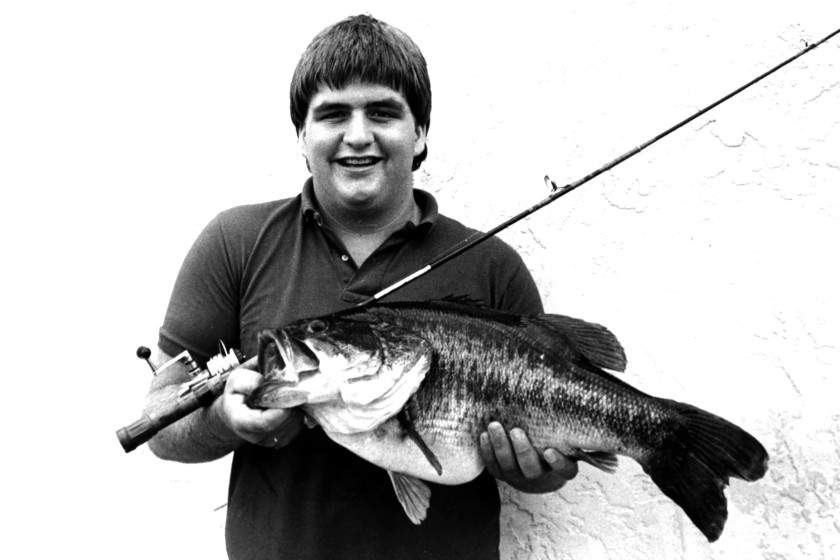
Getty Images: IGFA
The IGFA was founded mostly as a marine fishing organization. Not many anglers realize it, but it was Field and Stream Magazine that was the official keepers of freshwater fishing records for decades. The magazine had been keeping both fresh and saltwater records since at least 1910. However, it's rumored that editors had tired of being the keepers. That was fortunate timing, because by this point Elwood Harry had succeeded William Carpenter and Harry had big plans for the IGFA to become a one-stop shop sort of record keeping organization. The F&S records were vast, vague, and often had data about the catch missing. Many were also completely unverified. Lerner was not happy with the move and sent Harry a letter detailing his concerns about the costs of taking on more records, and more importantly, verifying them to the standards of the IGFA at the time.
Harry persisted with the merger of records and in 1978, Field and Stream's record data was absorbed into the IGFA. Shortly after that, they also absorbed the records from the International Spin Fishing Association and the Salt Water Fly Rodders of America. It's worth noting these records were never officially absorbed into IGFA's record books. Within the next couple of years, the IGFA established new line class records for freshwater and freshwater tippet classes for fly fishing records. In 1984, the all-tackle records program was expanded to include all species of gamefish in both freshwater and saltwater.
As the popularity of their records continued to grow, the IGFA continued to improve upon it. They added scale certification programs in the mid-1990s that made it easier for anglers to weigh fish. They also introduced IGFA Slams to give anglers new goals to aspire for. In 1998, they added new categories for female anglers, and then expanded the female categories to include freshwater in 2014. Another major addition to record keeping came in 2011. The organization recognized catch-and-release was more popular than ever, thus necessitating the addition of all-tackle length records for fish that are released to fight another day.
IGFA's Conservation Efforts
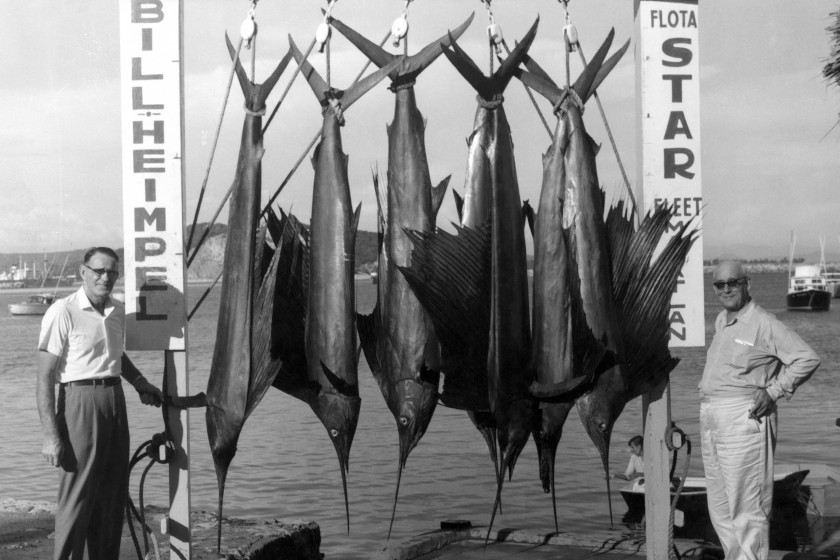
Getty Images: IGFA
Through all this history of record keeping, we need to mention the countless ways the IGFA has given back to the conservation of game fish worldwide. For instance, in 2021, IGFA representatives were key in proposing the first ever recreational angling regulations for Colombia. They are often involved in efforts to slow commercial fishing, which when done unsustainably causes populations to dip for species like the Bluefin tuna. In recent years, they've supported the construction of the EAA Reservoir, which is meant to stop harmful algae blooms in the Everglades by drawing down Lake Okeechobee and preventing a discharge of poor quality water to nearby estuaries.
The IGFA has also been a key player in the 30x30 initiative. The idea behind 30x30 is to protect 30 percent of the planet by 2030. This includes both the land and the ocean. The big goal here is to protect biodiversity and the delicate ecosystems fish and animals need to survive.
Of course, most of the IGFA's conservation efforts are focused on game fish. In 2010, the organization became concerned about marlin numbers taking a dip. Their response was to start a "No billfish on the menu" campaign. The idea was to educate the public about declining billfish numbers and to encourage restaurants and stores to stop selling commercially harvested billfish so numbers can recover. This ultimately led to the Billfish Conservation Act of 2012 which closed commercial billfish markets in the United States.
The IGFA also spearheaded a global marlin tagging program and helped the IUCN in making global assessments of billfish and tuna. In 2011, they identified at least seven species in danger of extinction unless something is done.
It's not all saltwater that they focus on either. The IGFA is currently involved in a large research project in conjunction with the University of Massachusetts Amherst to study the golden dorado, and threats to their population.
Simply put, the IGFA has so many irons in the fire, we cannot possibly list them all here. They are a wide-ranging, integral organization in the field of angling, and one we're fortunate to have speaking up for anglers and fisheries worldwide.
For more outdoor content from Travis Smola, be sure to follow him on Twitter and Instagram For original videos, check out his Geocaching and Outdoors with Travis YouTube channels.
